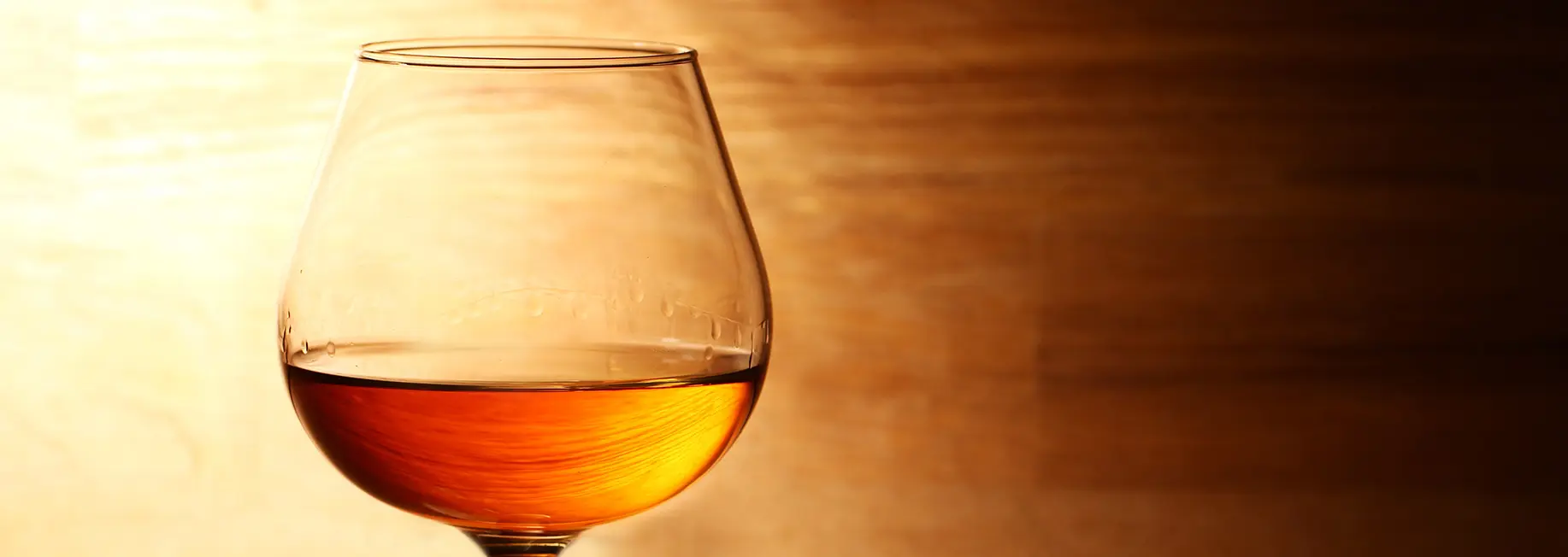
Cognac
The prestigious drink from France.
What is Cognac?
Cognac is a liquor made by distilling white wine with an alcohol content of 40% or higher. Cognac must meet a number of conditions.
De drank moet geproduceerd zijn in de streek Cognac komen.
Er moet 2 maal zijn gedistilleerd.
De drank moet minimaal 2,5 jaar in houten vaten zijn gerijpt.
Het alcoholpercentage moet minimaal 40% zijn.
Er is slechts een aantal druivensoorten waarvan Cognac gemaakt mag worden.
The grape varieties
Only 9 grape varieties may be used for cognac production:
- Ugni Blanc
- Colombard
- Folle Blanche
- Jurançon Blanc
- Meslier Saint-François
- Montils
- Select
- Follignan
- Sémillon
In 90% of cases, however, the Ugni Blanc is used, also called St-Emilion locally.
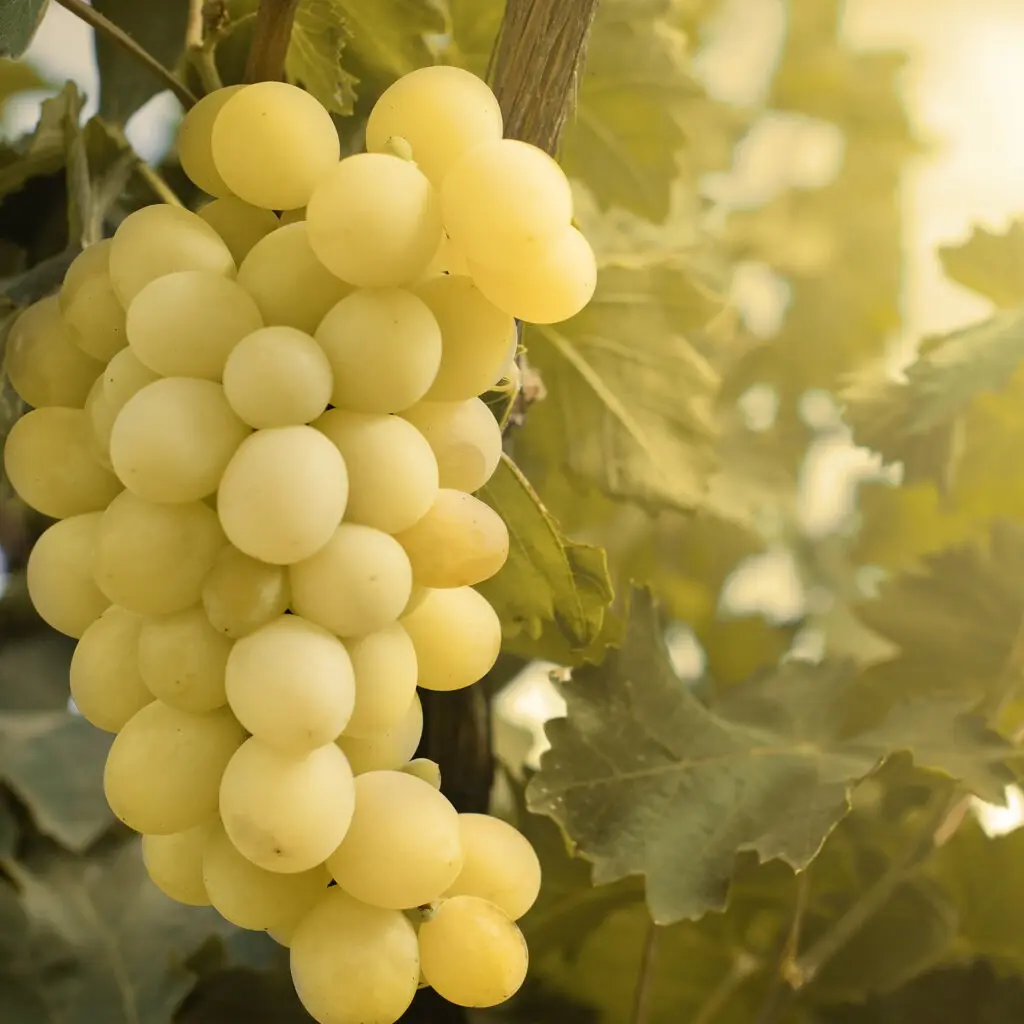
The appellations and ages of Cognac
Cognacs come on the market under different names depending on their age. It is counted from the time the distillation must be finished, March 31. 2 years later in September, the cognac may be bottled and sold. Originally, a law stipulated that the age of the cognac could not be indicated on the bottle. Since 1988, however, year numbers may be mentioned on a bottle, if the producer can prove that the bottle only contains cognac from that year.
Every bottle does have an age indication on it. The best known are:
Op elke fles staat wel een leeftijdsaanduiding. De bekendste zijn:
V.S. or ***
Minimum aging time two and a half years. V.S. stands for Very Special or Very Superior.
V.S.O.P, VO of Reserve
Minimum aging time of four and a half years. V.S.O.P. stands for Very Superior Old Pale or Very Special Old Pale, V.O. for Very Old.
Extra, X.O, Napoléon, Hors d’Age of Ancestrale
Minimum aging time six and a half years. X.O. stands for Exceptionally Old. The designation “Napoléon” has nothing to do with the famous emperor.
So an X.O. label can be used for either a bottle whose blend is on average six years old or a bottle that is on average 50 years old.
Een X.O. label kan dus worden gebruikt voor zowel een fles waarvan de blend gemiddeld 6 jaar oud is als voor een fles van gemiddeld 50 jaar.
Some producers use their own system to indicate age, giving their cognac a number or working with a number of ducats.
The Cognac Region
The Cognac region is divided into six districts, each with its own characteristics:
Grande Champagne
The more calcareous the soil, the more refined the cognac. Grande Champagne has the most calcareous soil. Grande Champagne is the best in quality and is located in the heart of the cognac region.
Petite Champagne
Only cognac from Grande and Petite Champagne where Grande Champagne must provide the largest proportion (50%) may be called “Fine Champagne Cognac. The house of Rémy Martin is the only major cognac house that selects grapes exclusively from the two best cru’s: Grande Champagne and the Petite Champagne.
Borderies, Fins Bois, Bons Bois en Bois Ordinaires
Usually, cognacs from different districts are blended so that they have the best characteristics of each within them. The most refined cognacs are made by smaller, specialized producers. A cognac may only be called ‘Fine Champagne’ if the proportion of cognac from Grande Champagne is at least 50%. By far the majority of cognacs are composed of more than 2 districts; the label may then only say ‘Cognac’.
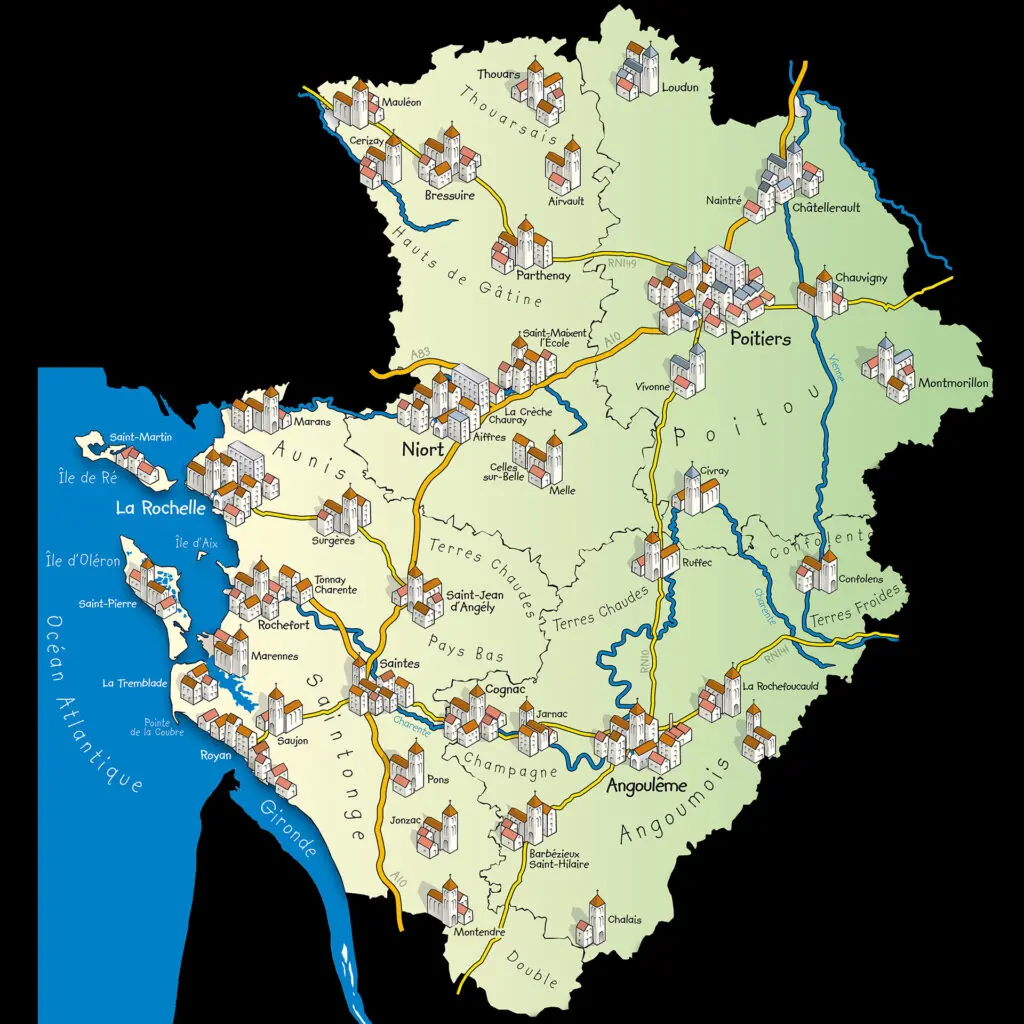
Production of Cognac:
The grapes are pressed immediately after harvest and fermented over 5 to 7 days to produce an acidic, cloudy wine with an alcohol content of 8 to 10%. The natural fermentation process is sometimes aided by the addition of dried yeast. During fermentation, the heaviest particles of the wine sink to the bottom. This sediment is sometimes used later in distillation.
Distillation must be done with an alambic Charantais, made entirely of copper. The wine is distilled a first time (première chauffe) into a kind of brandy with an alcohol content of about 30%. After a second distillation called bonne chauffe, the eau-de-vie obtained is placed in barrels to age. The brandy now has an alcohol content of around 70%. Only oak from the Limousin or Tronçais regions is used for the barrels. The tannin in the wood and the humidity of the storage area play an important role in the cognac’s flavor formation. Depending on the producer, the cognac is already blended or poured into other barrels during aging. During aging, part of the moisture dissipates through contact with the air – the “angel part.”
De destillatie moet gebeuren met een alambic Charantais, volledig uit koper. De wijn wordt een eerste maal gedestilleerd (première chauffe) tot een soort brandewijn met een alcoholgehalte van ongeveer 30%. Na een tweede destillatie die bonne chauffe heet, wordt de verkregen eau-de-vie op fusten gelegd om te rijpen. De brandewijn heeft nu een alcoholpercentage van rond de 70%. Voor de vaten wordt enkel eiken afkomstig uit de regio’s Limousin of Tronçais gebruikt. De tannine in het hout en de luchtvochtigheid van de opslagplaats spelen een belangrijke rol bij de smaakvorming van de cognac. Afhankelijk van de producent wordt de cognac tijdens het rijpen al gemengd of in andere vaten gegoten. Tijdens het rijpen vervliegt een deel van het vocht door contact met de lucht – het “engelendeel”.
Only eau-de-vie that has aged for two and a half years in barrel may be called cognac. Before bottling, the cognac is diluted with water to an alcohol content of usually 40%. Especially to young cognacs, sugar or caramel is also added. Usually the bottles sold are a mixture of several cognacs of different ages and districts. The age of cognac is the time eau-de-vie has been aged in an oak barrel, with the youngest cognac of the blend determining the age that may appear on the bottle. Once cognac is bottled, it does not age. An older cognac generally has a softer rounder flavor and a deep brownish-yellow color due to its interaction with the wood of the barrel in which it matures. Newly distilled cognac is, in fact, transparent.
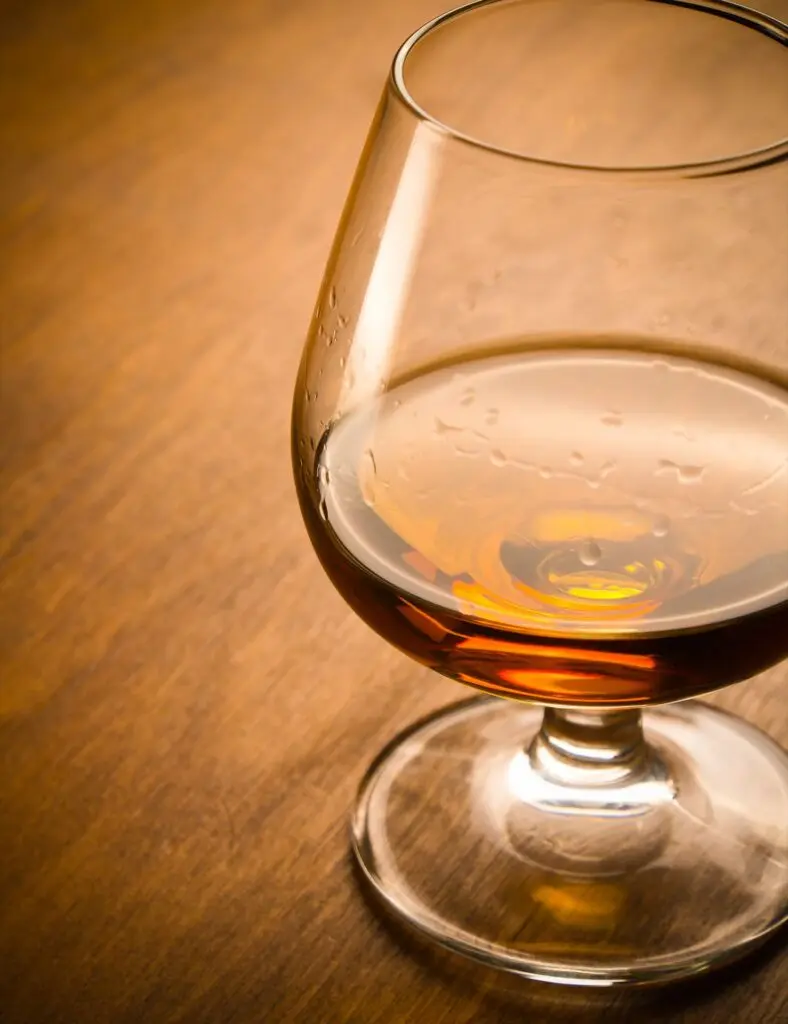
History of Cognac
Cognac making dates back to the 17th century and is made by distilling white wine. By then, Dutch ships had been calling at the coast of the Charente for decades, with the crew eagerly taking the opportunity to purchase French wine to bring back to the Netherlands. As this wine lost quality due to the long journey, the demand for distilled wine (brandy) with a longer shelf life grew. For this purpose, the inhabitants of the Charente developed a drink with a 2nd distillation at the end of the 17th century. The small town of Cognac has since attached its name to this drink….
Pretty soon, consumers discovered that the brandy from the Cognac region was of better quality than brandy from other regions and were also willing to pay more for Cognac. The Dutch strengthened their interests in the region and supplied their best cognac mainly to the English nobility. Because cognac remained primarily an export product, many young foreigners came to settle in the region. They regularly married into the local community and this is still reflected in the name of many well-known cognac houses.
Vrij snel ontdekte de consument dat de brandewijn uit de Cognacstreek kwalitatief beter was dan brandewijn uit andere streken en wilde voor Cognac ook meer betalen. De Nederlanders versterkten hun belangen in de streek en leverden hun beste cognac vooral aan de Engelse adel. Doordat cognac vooral een exportproduct bleef kwamen veel jonge buitenlanders zich vestigen in de streek. Zij trouwden regelmatig in de lokale gemeenschap in en dit wordt nog weerspiegeld in de naam van vele bekende cognachuizen.
In the late 18th century, Cognac houses Martell and Hennessy gained the majority of the cognac trade. This remained so until 150 years later when small companies were able to capture a share of the market. In the late 19th century, the beverage suffered greatly from overproduction and sharp price declines. After the phylloxera plague destroyed 85% of the vines in 16 years, the industry was saved by grafting phylloxera-resistant American vines onto the existing bushes. This also led to a massive switch from the folle blanche grape to the Ugni Blanc grape.
The infestation once under control, demand increased for stricter protection and definition of cognac. In 1909, cognac became an Appellation d’Origine Contrôlée. Even before World War I, Cognac recaptured England as its main market and from there the colonies. After another decline due to the 1st and 2nd World Wars, the demand for cognac rose again and the BNIC, the Bureau National Interprofessionnel du Cognac, was established. This institution protects the quality and reputation of cognac.
De plaag eenmaal onder controle, nam de vraag toe voor een strengere bescherming en definitie van de cognac. In 1909 werd cognac een Appellation d’Origine Contrôlée. Nog vóór de Eerste Wereldoorlog heroverde Cognac Engeland als hoofdmarkt en van daaruit de kolonies. Na wederom een terugval door de 1e en 2e wereldoorlog steeg de vraag naar cognac weer en werd het BNIC, het Bureau National Interprofessionnel du Cognac, opgericht. Deze instelling beschermt de kwaliteit en de reputatie van cognac.
Since 1997, the demand for cognac has been rising again. One of the reasons is that cognac has become popular in America, due to well-known Afro American artists, who associate their name and image with cognac. Demand for superior cognac is also rising in Asia.
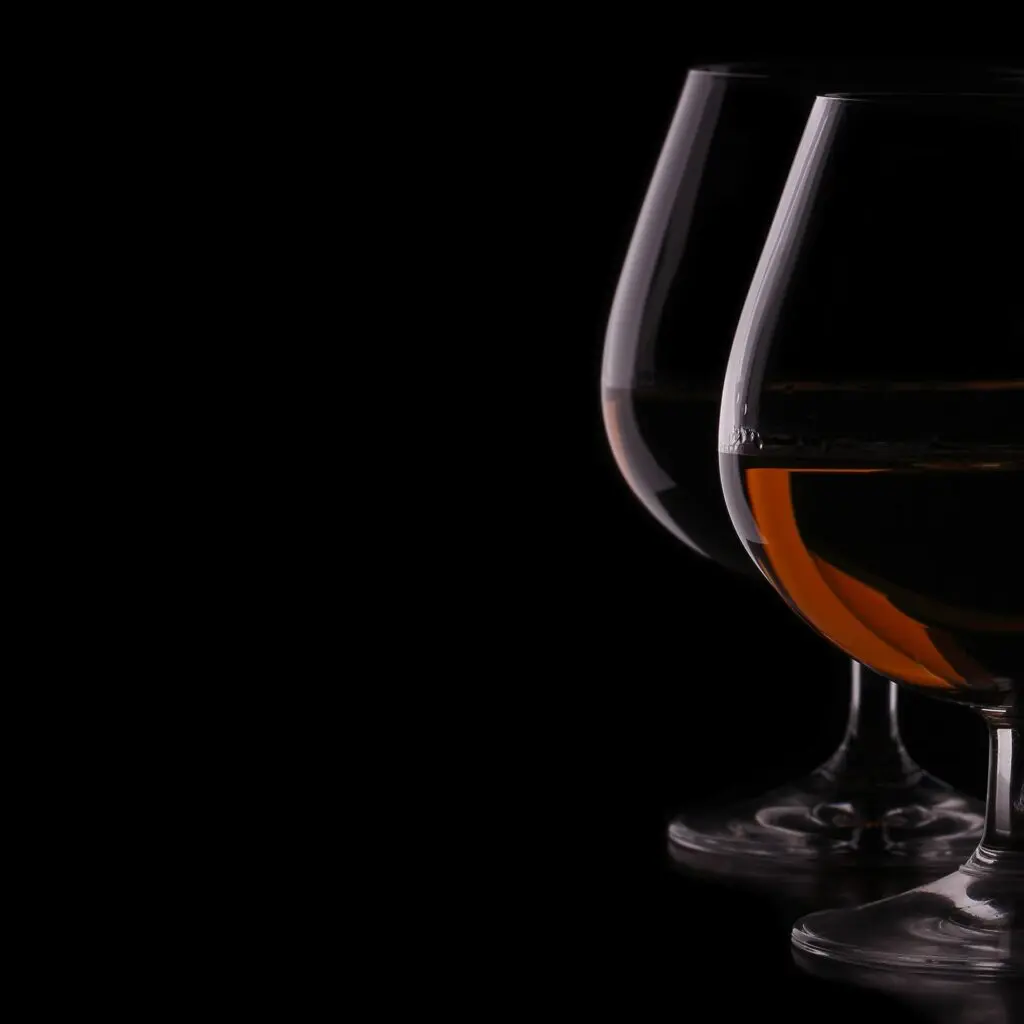
The difference between Cognac and Brandy (brandy)
All white distilled wine that does not originate from the above regions (but is produced elsewhere in the world) is generally called ‘brandy.’ ‘Brandy’ is an English corruption of the Dutch word brandy. Brandy is the collective name for the various distilled white wines (among others): Cognac and Armagnac. Cognac comes exclusively from the French departments of Charente and Charente Maritime. Armagnac is located south of Cognac, southeast of Bordeaux in the department of Gers. The area is divided into the regions of Bas-Armagnac,Tenareze and Haut-Armagnac.
